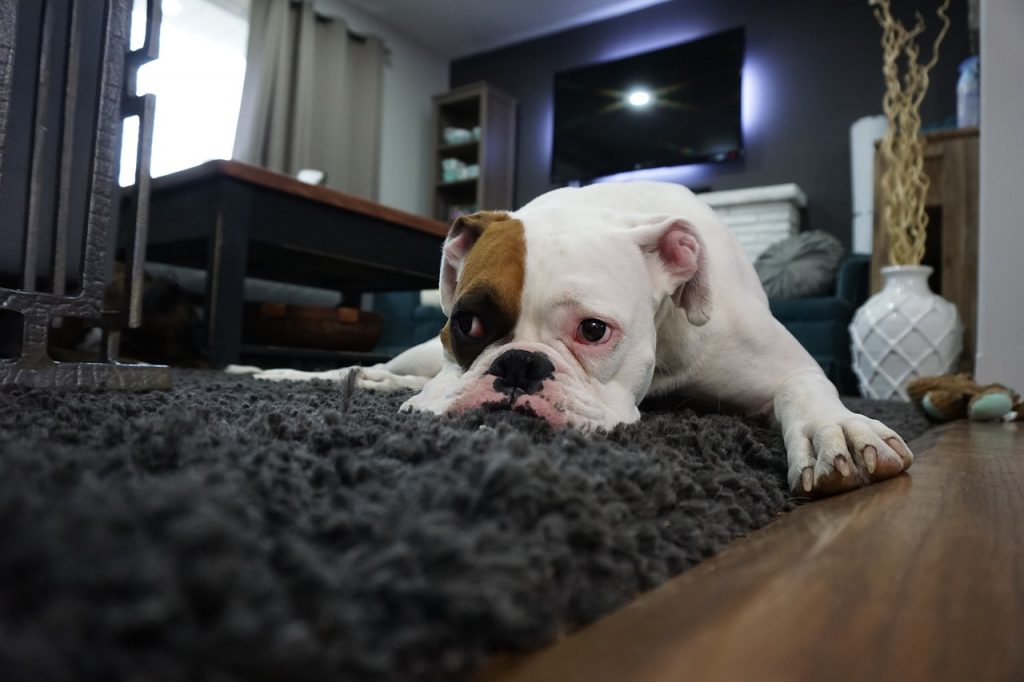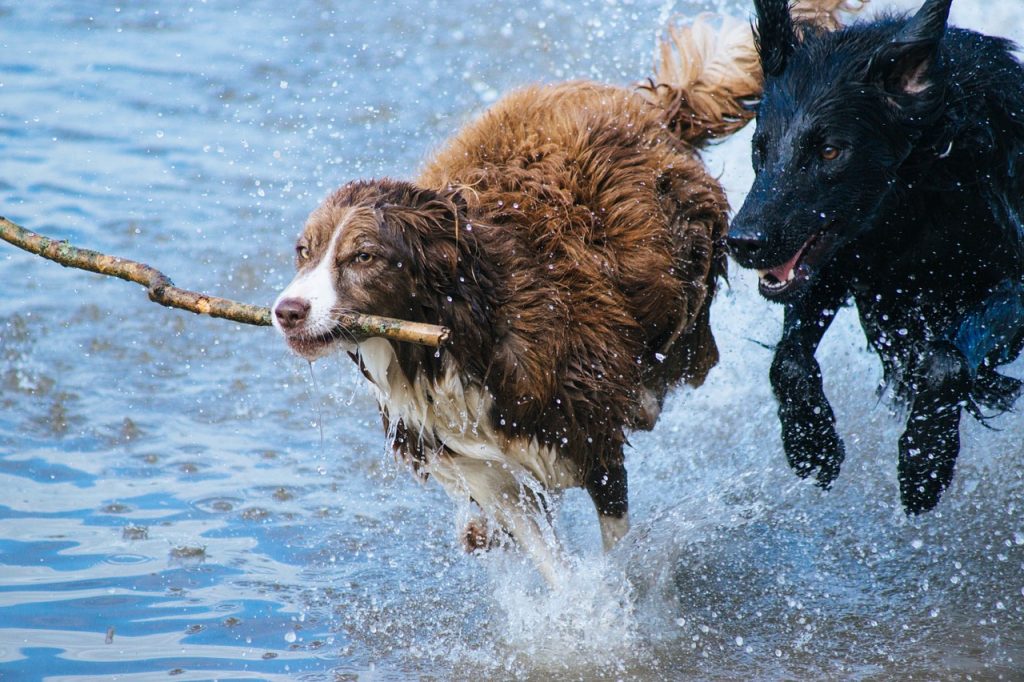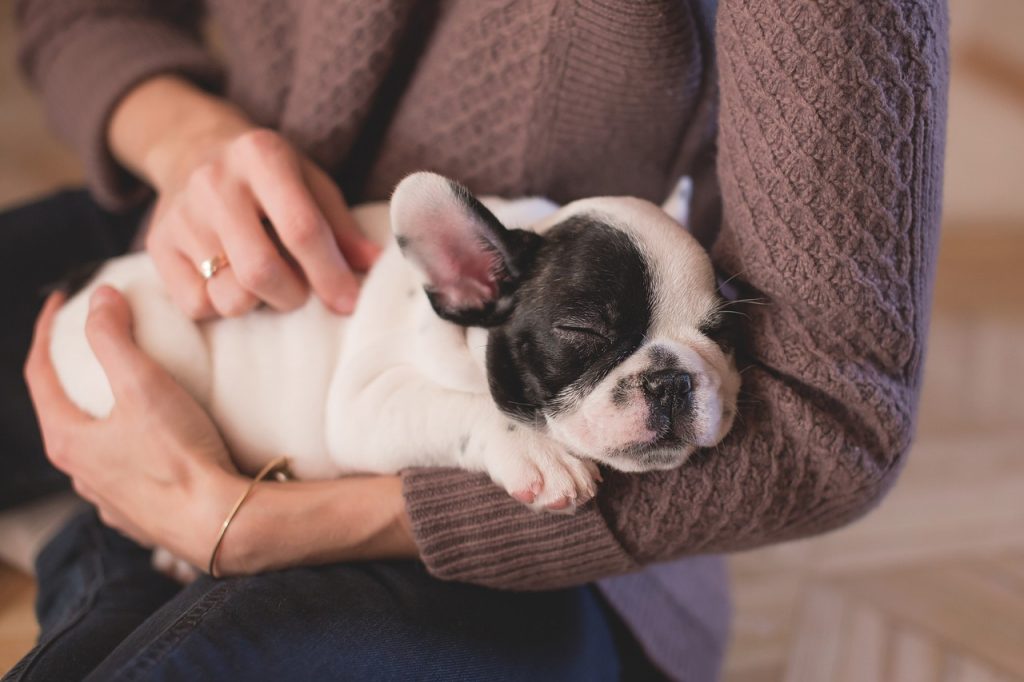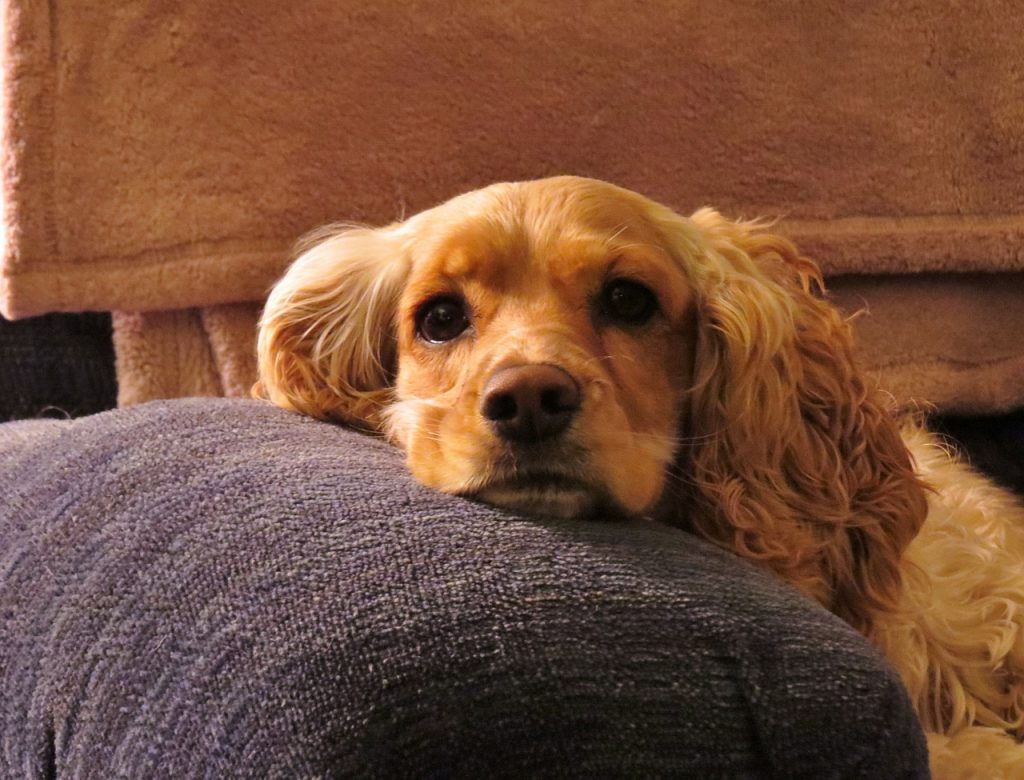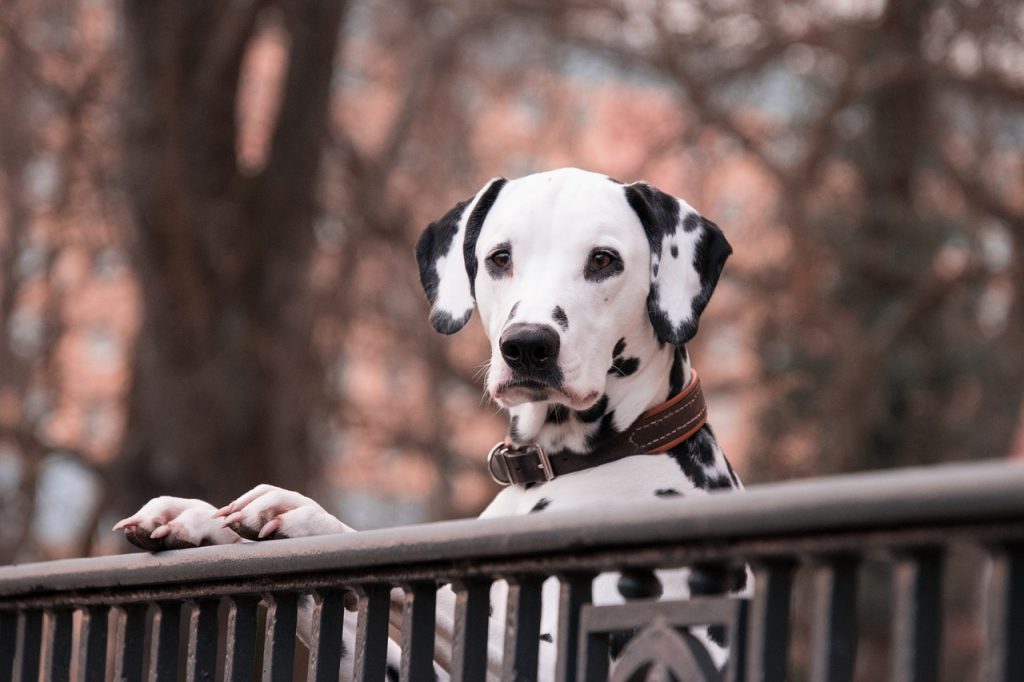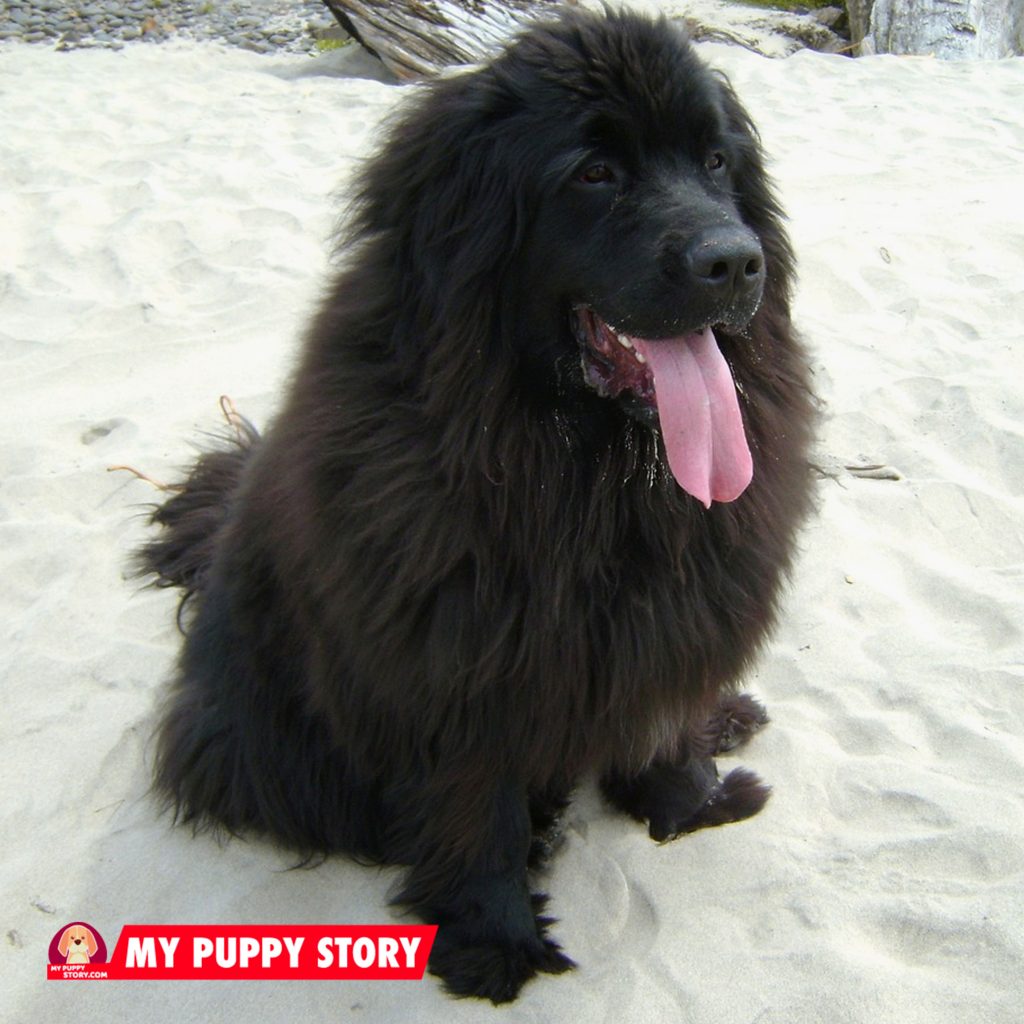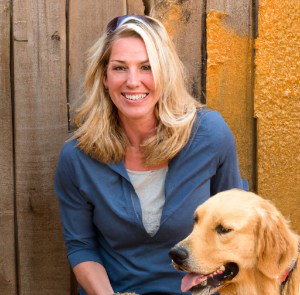January 17, 2019
Once you have brought home your new dog or puppy, you should strongly think about enrolling in a dog/puppy training course. Not only will it give you the confidence to handle your dog/puppy effectively, but training classes are the ideal place to socialise your dog. When you’re out walking your pooch, other dog walkers may […]
